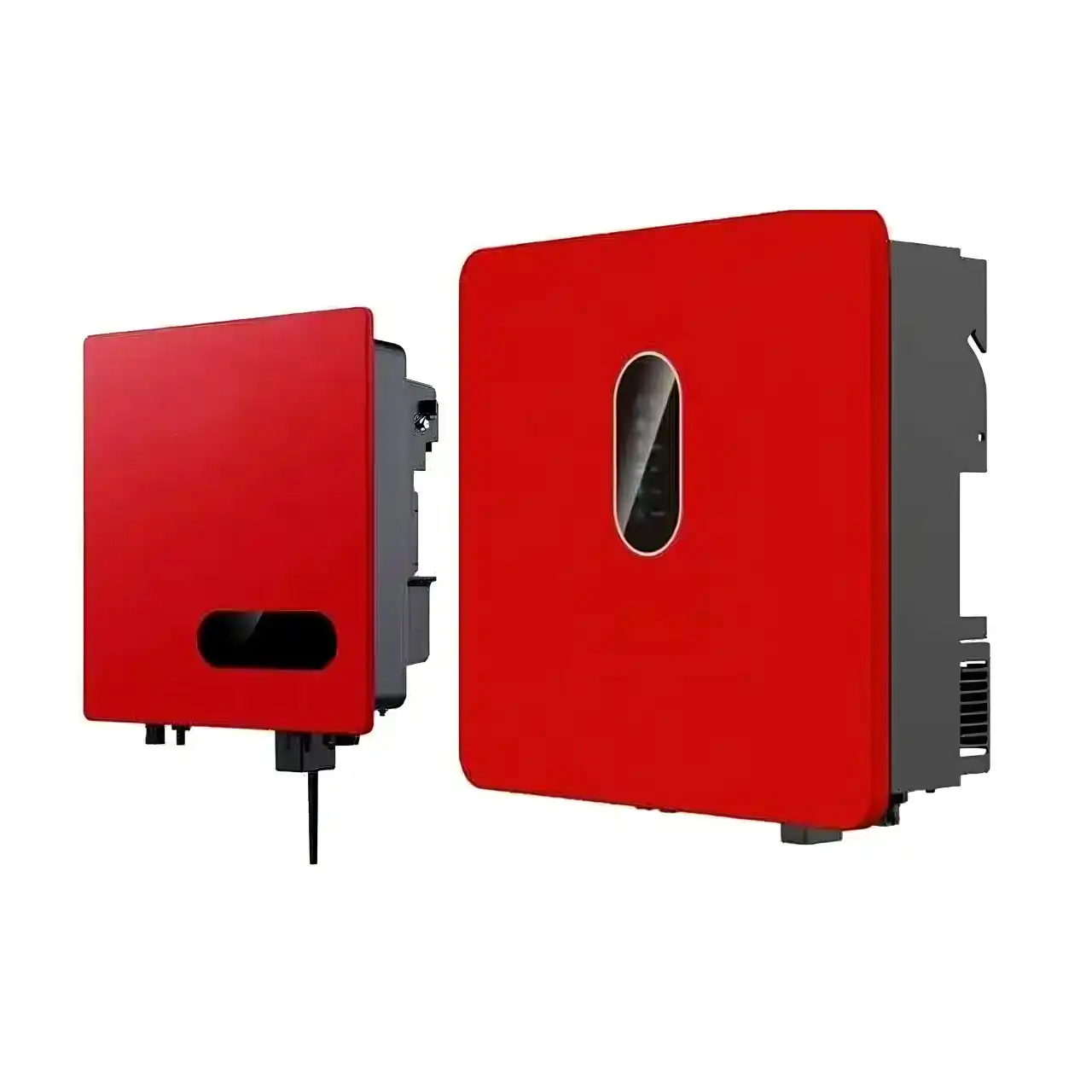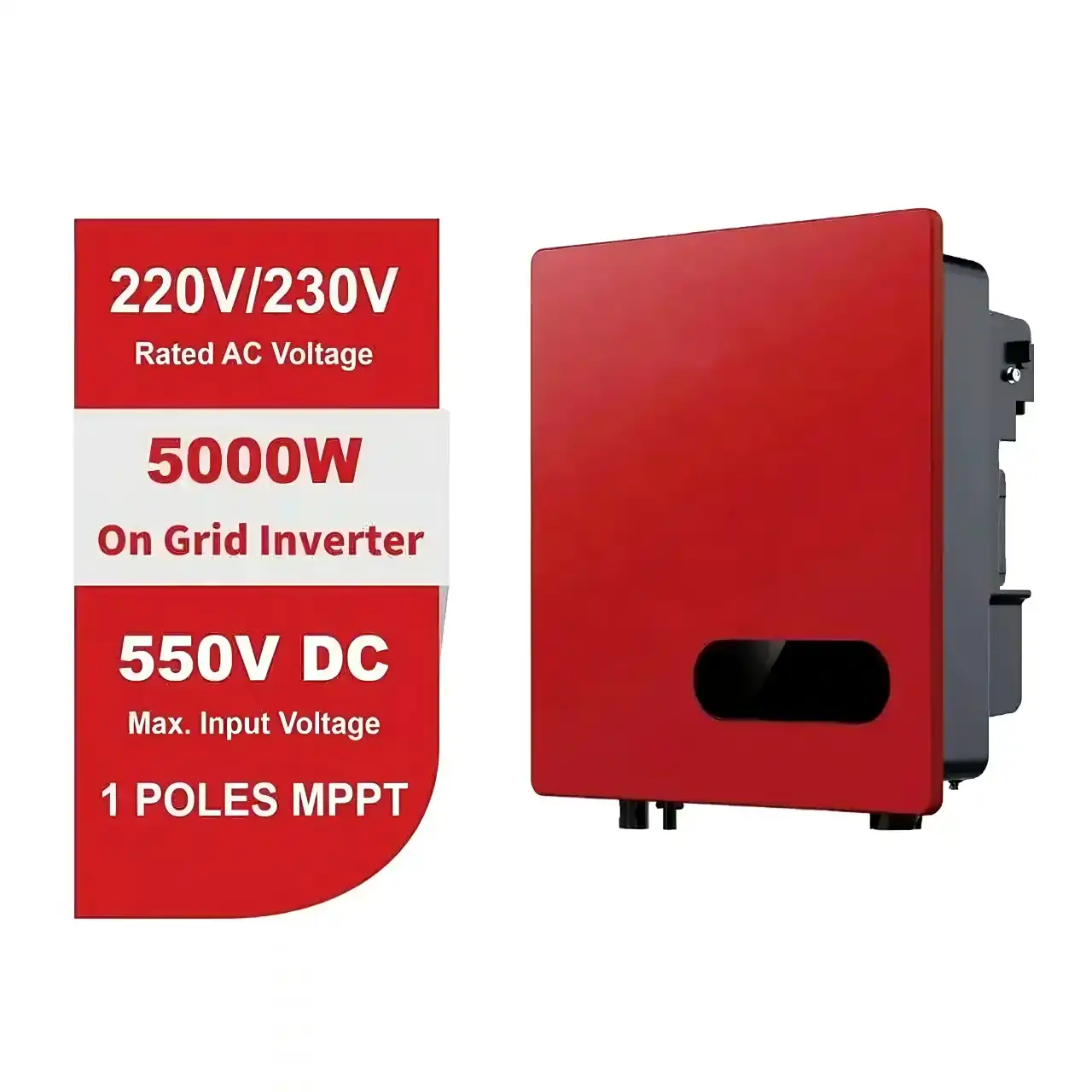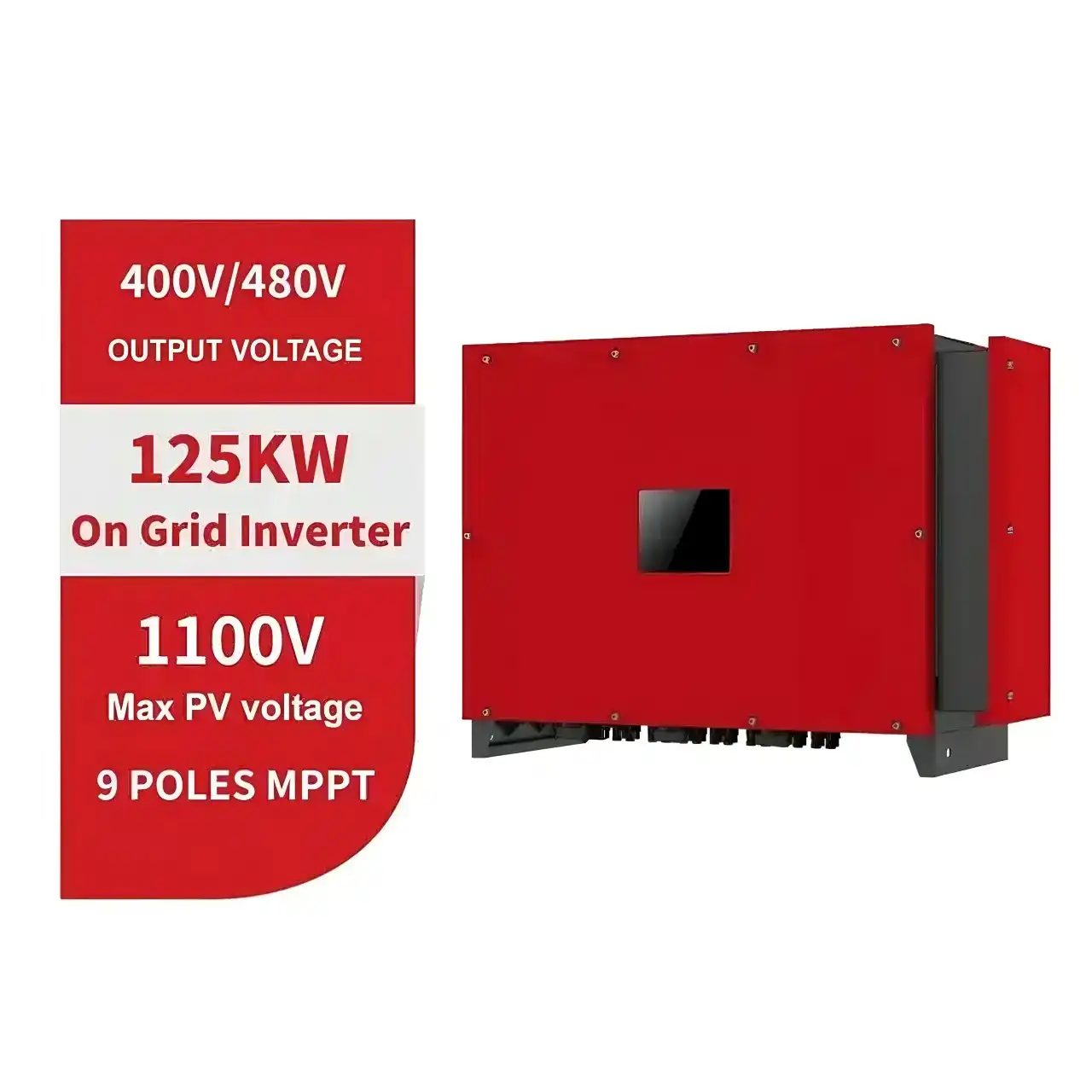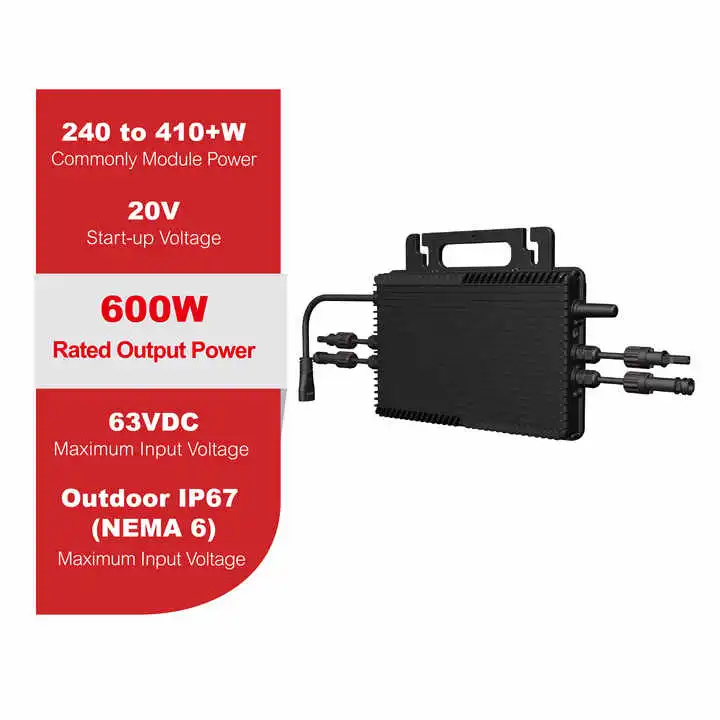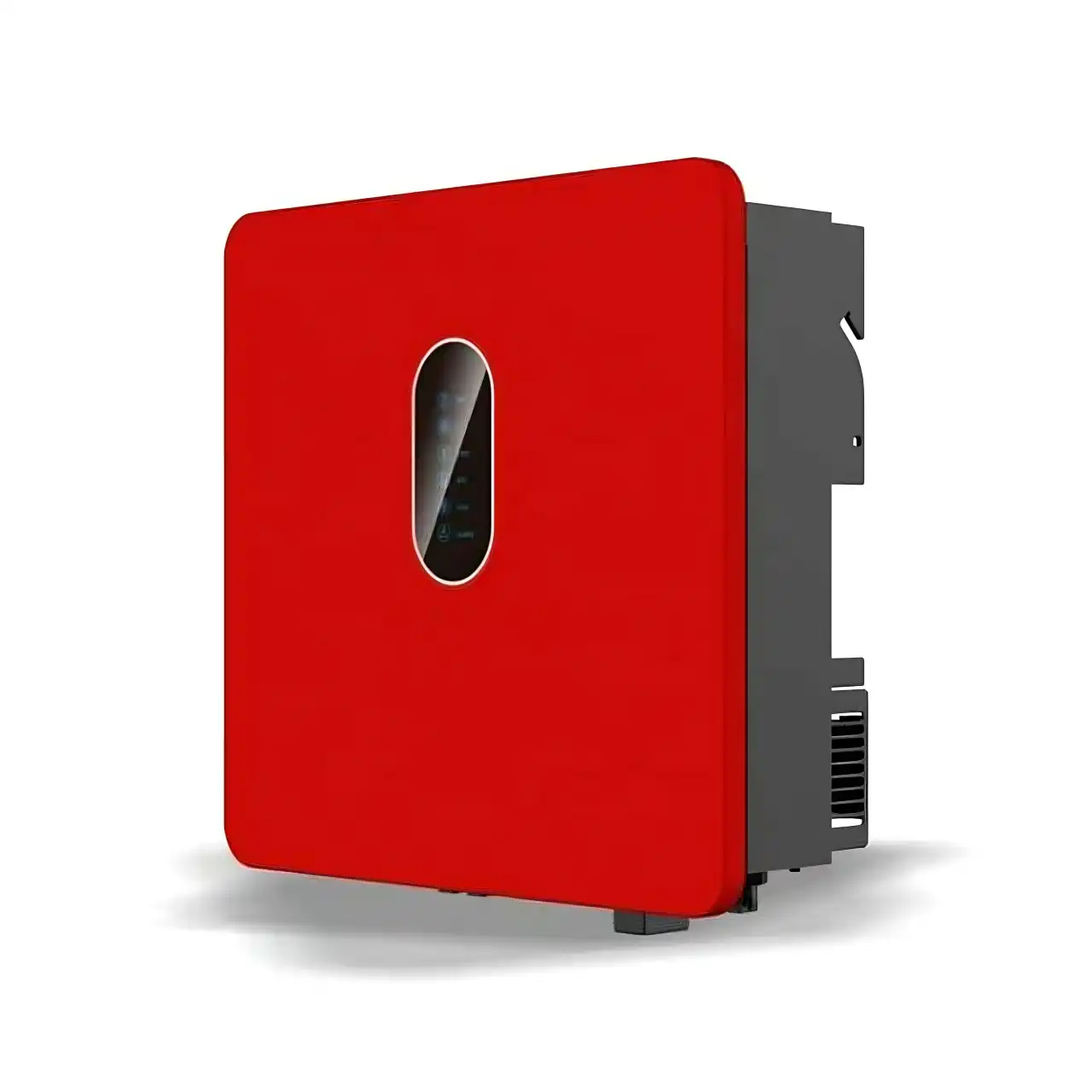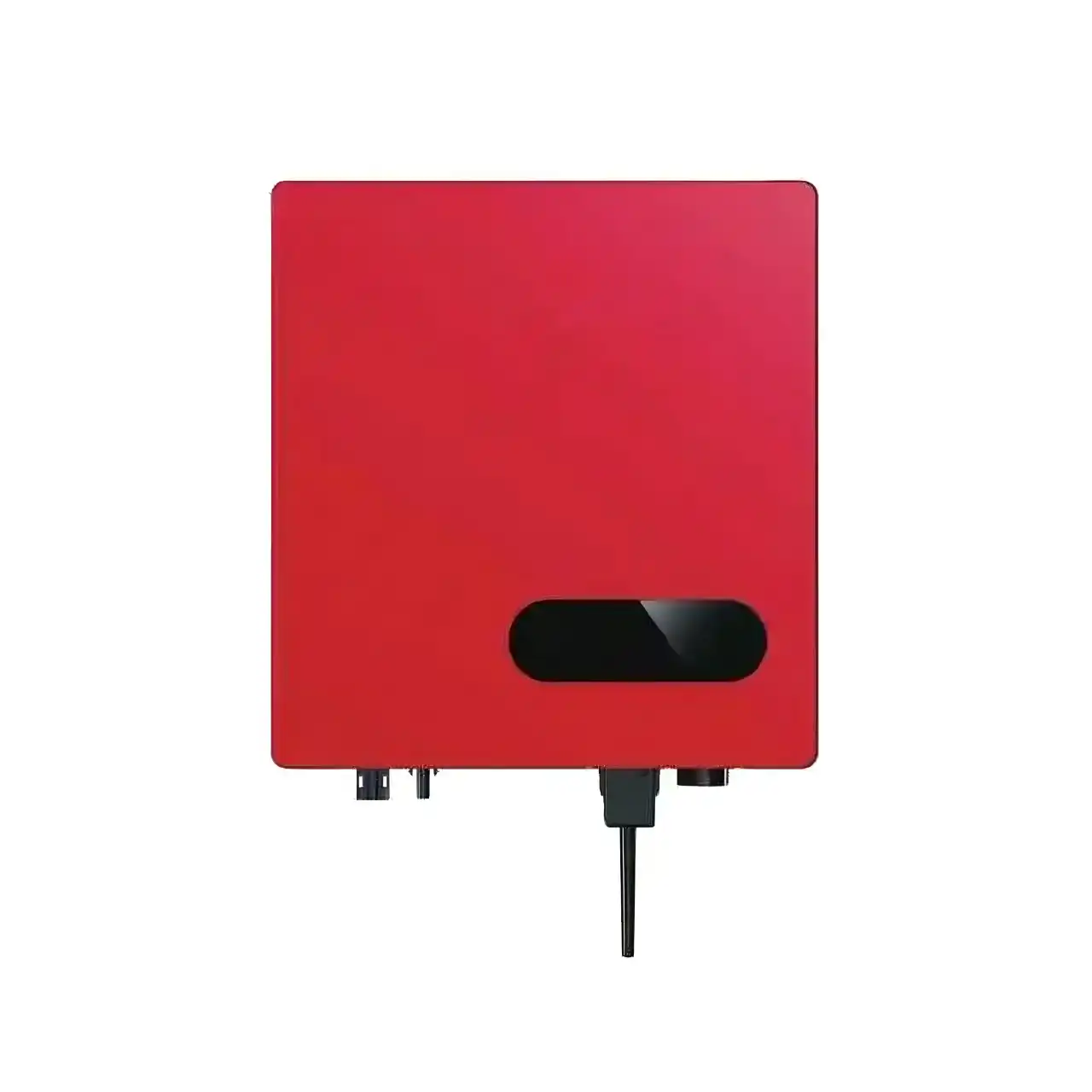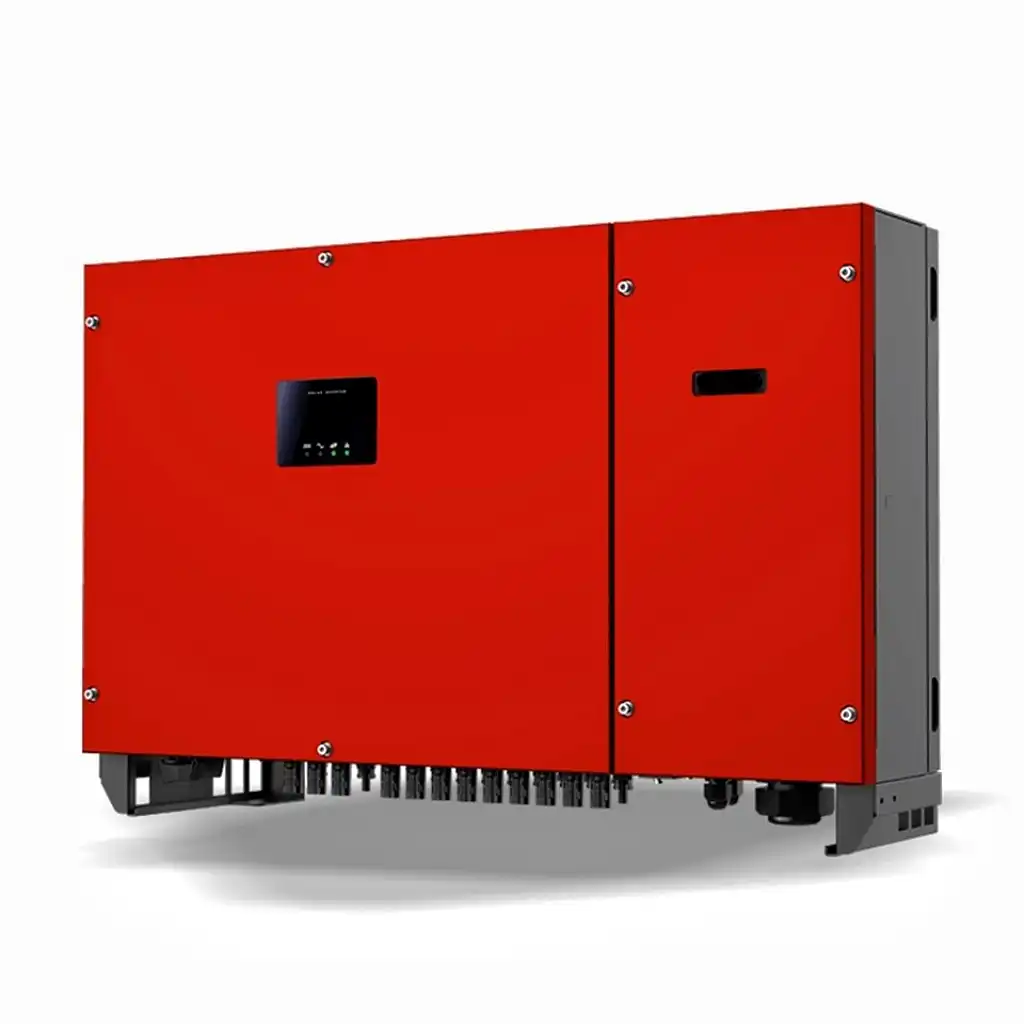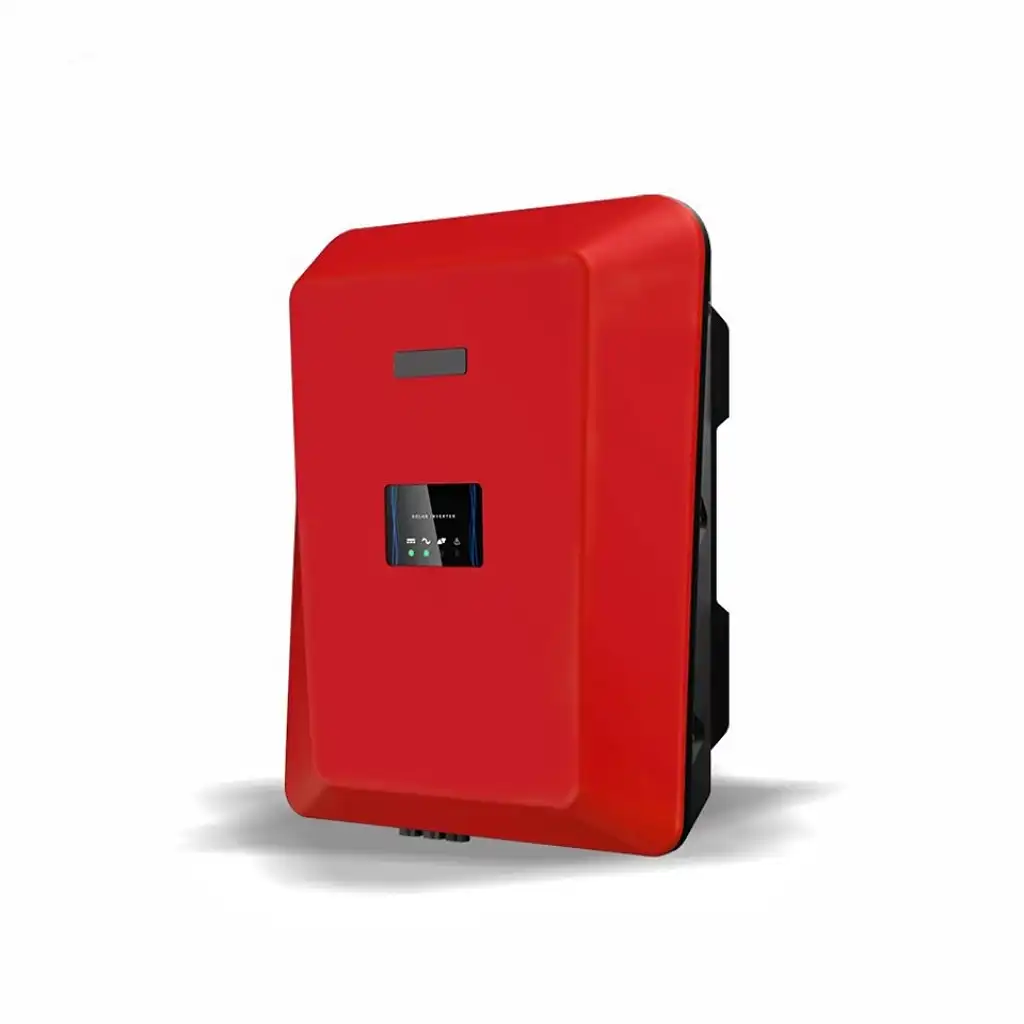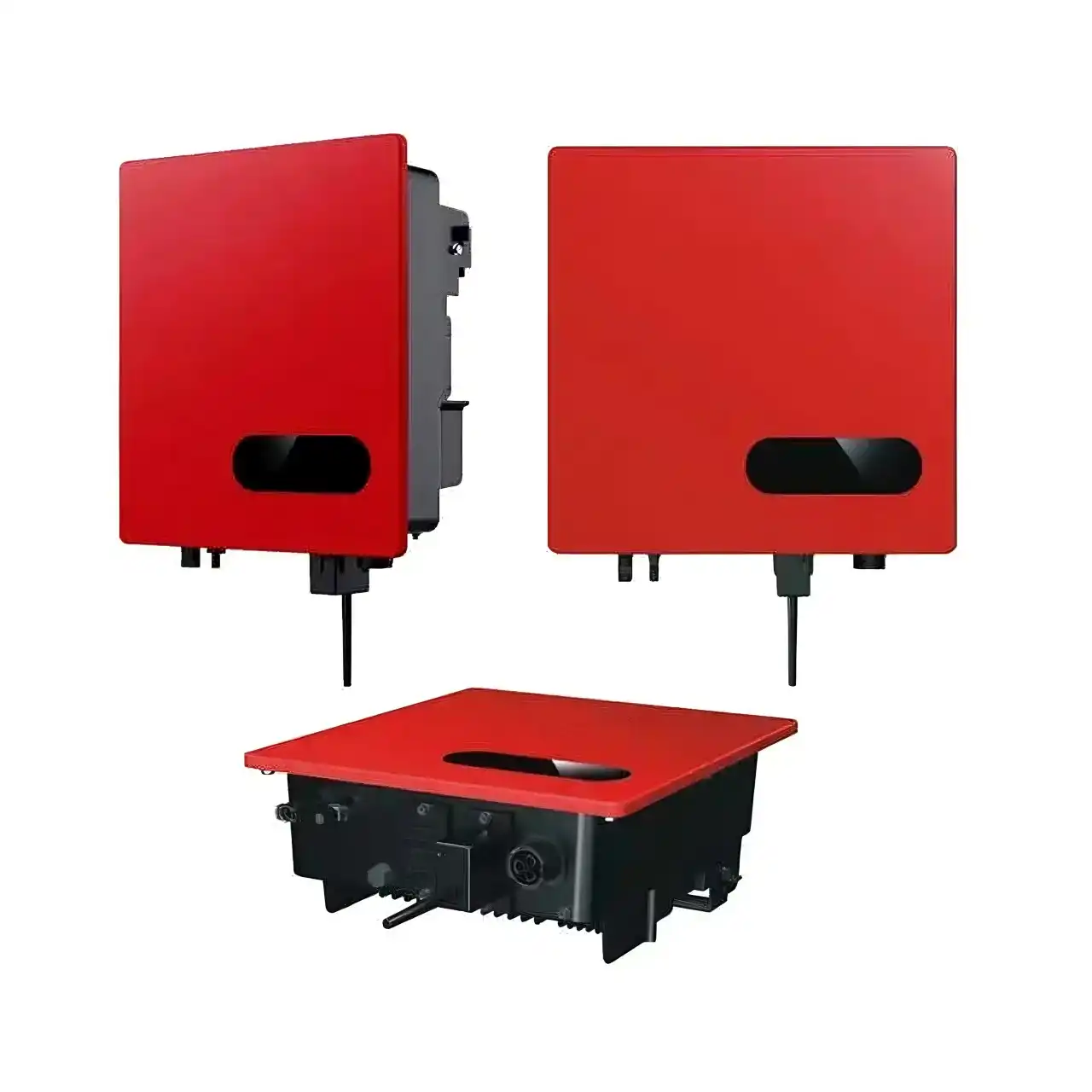
Solar inverter solution
ONESTOP is a leading manufacturer of solar inverters in the market. With over 19 years of experience in the electrical industry, we offer high-quality products at the most competitive prices.
WHY CHOOSE US
Production technology
Customization and OEM/ODM
High performance-price ratio
Long term partnership
Solar inverter products
If you need to learn more about product types or customized solutions, please feel free to contact us at any time.
Provide economically sustainable power solutions
Our electrical solutions have served over 50 countries and regions worldwide.
Long term cooperation with over 300 manufacturing companies, including globally renowned industrial brands
Over 800 industrial projects have been delivered, of which 60% are customized solutions
Why Choose Our Solar Inverters?
Our solar inverters are designed to maximize the performance of your solar system. Our inverters offer multiple options that are suitable for any solar device, ensuring that you get the most energy from every ray of sunlight. Our solar inverters adopt advanced technology, which is efficient, reliable, and easy to install.
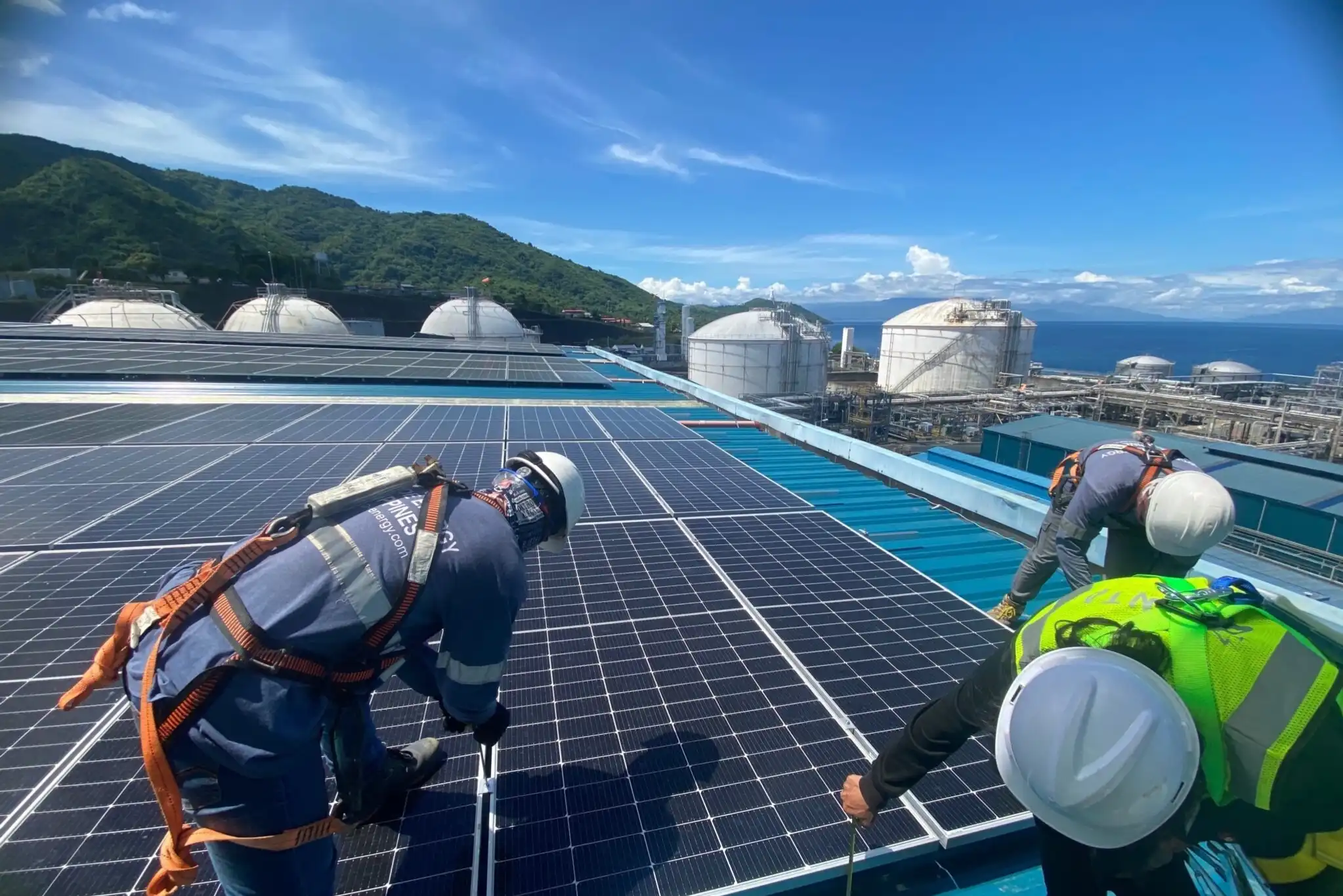
High Efficiency
Maximize your energy production with solar inverters that boast high efficiency rates.
- Energy production optimization
- Reduced energy loss
- Enhanced performance
Smart Technology
Our solar inverters come equipped with smart technology for real-time monitoring.
- Remote monitoring access
- Performance analytics
- Alerts and notifications
Smart-Technology.webp)
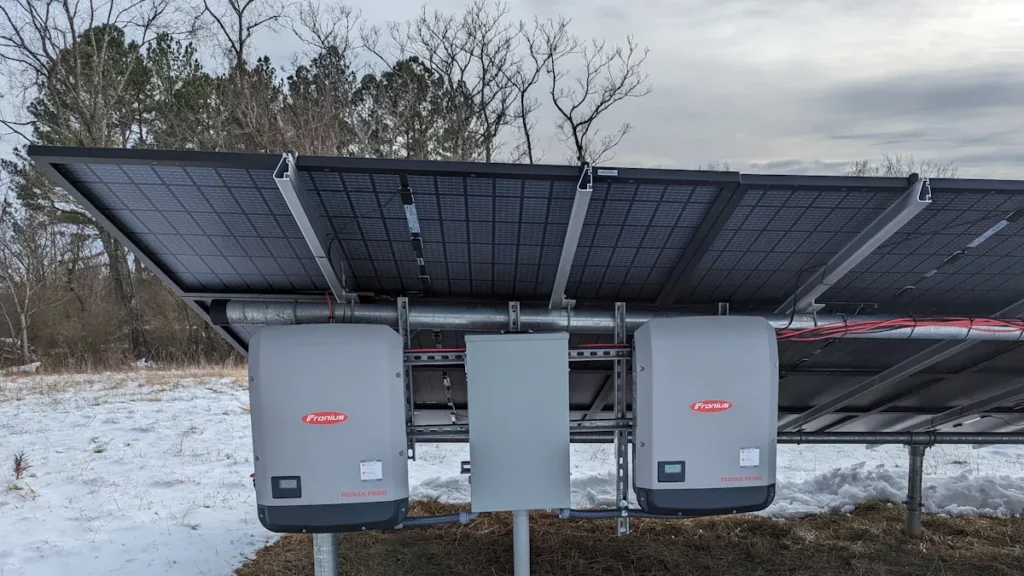
Durability
Engineered for longevity, our solar inverters withstand harsh weather conditions.
- Robust design
- Weather resistant
- Long lifespan
Easy Installation
Simple installation process allows users to set up their solar inverters with ease.
- User-friendly interface
- Comprehensive installation guide
- Quick setup

The advantages of our product
Efficient Conversion
Our solar inverters can efficiently convert the direct current of solar panels into alternating current, maximizing the utilization efficiency of solar energy.
Intelligent monitoring
Solar inverter smart monitoring function, whereby one is in a position to check the operational status of the system in real time, can discover issues in time and optimize or mend them.
Stable output
Solar inverters can ensure stable power output even in unstable weather or low light conditions.
Extend equipment lifespan
Our high-quality inverters can stabilize voltage and current, protect solar panels and other power system equipment from power fluctuations, and extend their service life.
Reduce electricity costs
Through self generation and grid connected operation, solar inverters can reduce electricity costs, especially for long-term use in households or commercial facilities.
flexible application
ONESTO's solar inverters can be applied in various scenarios, including households, industries, agriculture, etc., to meet the electricity needs of different scales.
What Our Customers Say
Hear from our satisfied customers who trust our solar inverters for their energy needs.




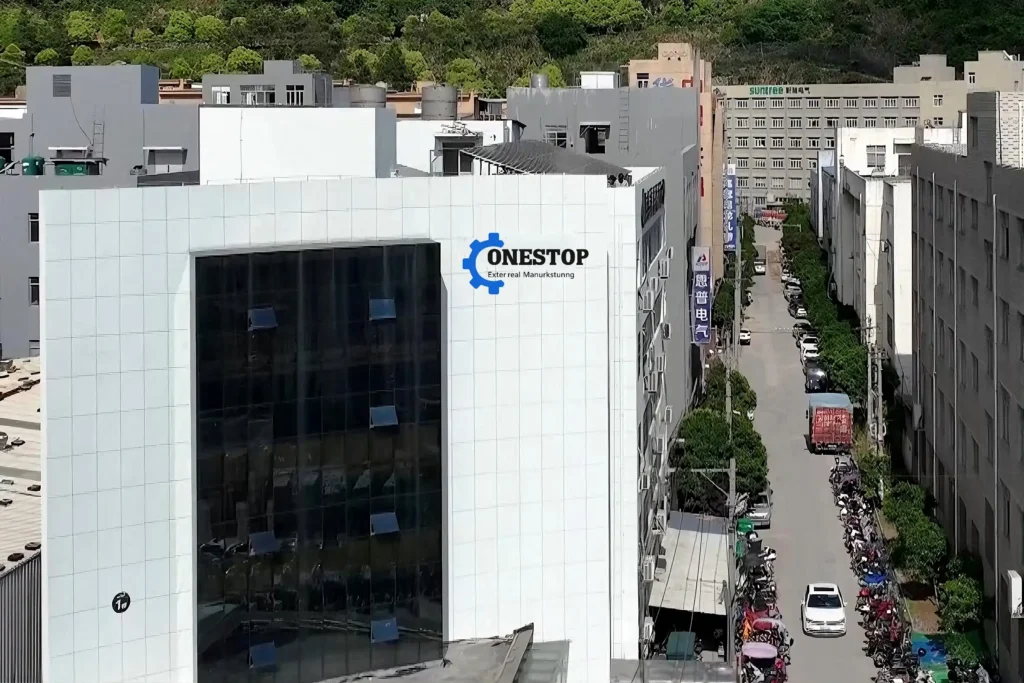
Your trusted electrical equipment supplier
♥Wide selection
♥OEM Quality
♥100% Satisfaction Guarantee
Looking forward to working with you
FAQ
Get answers to common questions regarding solar inverters and their benefits.
What is a solar inverter?
A solar inverter is a device that converts direct current (DC) from solar panels intoalternating current (AC) for household use.
How does a solar inverter work?
Solar inverters take the DC electricity produced by solar panels and convert it into usable
AC electricity.
Why do l need a solar inverter?
You need a solar inverter to ensure that the energy generated from your solar panels canbe used safely in your home or business.
What types of solar inverters are available?
There are several types of solar inverters including string inverters, microinverters, and
hybrid inverters.
How do l choose the right solar inverter?
Choose a solar inverter based on the size of your solar system, efficiency ratings, and
features that meet your needs.
What is the lifespan of a solar inverter?
Most solar inverters have a lifespan of 5 to 15 years, depending on the brand and model.
Can linstall a solar inverter myself?
It is recommended to have a professional install your solar inverter to ensure safety and
compliance with local regulations.
What maintenance do solar inverters require?
Solar inverters require minimal maintenance, but it’s important to check the systemregularly for any alerts or issues.
Are solar inverters noisy?
Most modern solar inverters are quiet, but some may produce a slight noise whenconverting electricity.
Can l monitor my solar inverter's performance?
Yes, many solar inverters come with monitoring features that allow you to track theirperformance in real-time.
Understand solar inverters
Table of Contents
Solar inverters are an important part of solar energy generation systems that transform direct current (DC) power from solar panels into alternating current (AC) for consumption in homes or industry.
With the continuous development of solar energy technology, inverters play a more and more crucial role in energy conversion. Their principles of operation, types, benefits, and maintenance need to be understood in order to choose solar inverters correctly.
What is a solar inverter?
Solar inverters are the principal devices that link solar panels with electrical loads such as domestic appliances and industrial equipment. Its key function is to convert the direct current generated by solar panels into alternating current used in household or commercial power grids.
The role of inverters in solar energy systems
The current generated by solar panels is direct current, while most power systems require alternating current. Therefore, inverters are a necessary component for achieving energy conversion. Without an inverter, the electricity generated by solar panels cannot be directly supplied to household appliances or returned to the grid.
Working principle of solar inverter
Solar inverters are the core equipment of photovoltaic power generation systems, whose core function is to convert the direct current (DC) generated by photovoltaic modules into alternating current (AC) that meets the requirements of the power grid or load.
1. DC input and preprocessing
Photovoltaic modules supply unstable direct current under illumination and have current and voltage sensitive to light intensity and temperature. DC power initially passes through the filtering circuit of the inverter (e.g., inductors, capacitors, etc.) to remove high-frequency noise and voltage fluctuations, which gives stability to the input current. The nature of this stage is to avoid the following circuits from transient voltage spikes.
2. The core process of inverse conversion
The core of an inverter is the inverter circuit, which converts DC to AC through fast switching of semiconductor power devices such as IGBT and MOSFET. The specific process is as follows:
- High frequency switch control:
Power semiconductor devices switch at a frequency of thousands to tens of thousands of times per second, and use pulse width modulation technology to cut DC electricity into pulse sequences. - Waveform shaping:
The initial square wave needs to be smoothed through an LC filtering circuit (a combination of inductance and capacitance) to remove high-frequency harmonics, and finally output a sine wave AC power that meets the grid standards
3. Maximum Power Point Tracking (MPPT)
MPPT technology is the inverters’ fundamental algorithm, used to dynamically determine the operation point of photovoltaic modules in a way that delivers maximum power under any circumstance.
For example, if light is reduced or parts get obstructed, MPPT adjusts voltage-to-current ratio (e.g., perturbation observation method or incremental conductance method) to keep the system at the best state of efficiency always
Types of solar inverters
| Type | Features | Application Scenarios |
| Central Inverter | High power (>10kW), low cost, but easily affected by string mismatch, leading to efficiency decline | Large-scale ground-mounted power stations, desert PV preferred projects |
| Series inverter | Single machine power 1-5kW, supports multiple MPPTs, high flexibility, suitable for complex lighting conditions | Distributed rooftop stations, industrial projects |
| Micro lnverter | Single string MPPT, strong shading resistance, high safety, but relatively high cost | Household use, small-scale distributed systems |
| off-grid inverter | Supports bidirectional charging and discharging, integrated battery management, enables energy storage and dispatch | Photovoltaic-storage integrated systems, off-grid scenarios |
1. Central inverter
Central inverters are used extensively in large solar power generation systems, ideal for regions requiring high power conversion. They convert the direct current of many solar panels to alternating current, efficiently with high stability. Its disadvantage is that the equipment occupies a large space and installation and maintenance are comparatively complex.
2 Micro inverters
Micro inverters are small inverters mounted on each solar panel, inverting current independently from each panel. This method is more flexible and is best suited for areas with lots of differences of panel angles or shadow occlusions. Although more expensive than the central inverters, they provide overall higher system efficiency since each can operate independently.
The advantages of solar inverters
1. Increase energy efficiency
Solar inverters apply maximum power point tracking (MPPT) technology to enable the system to give maximum power during varying light conditions. This very much improves the efficiency of the solar power system.
2. Extend the lifespan of equipment
The stability and quality of solar inverters directly affect the operational lifespan of the entire system. Modern inverters employ effective heat dissipation design and long-lifespan materials to ensure that long-term operation is not prone to failure.
3. Good adaptability
Solar inverters can adapt to different environmental conditions, including changes in weather patterns, temperature variations, and diverse solar panel installations, so the system can operate stably under different application conditions.
How to choose a suitable solar inverter
Type selection
Choose the appropriate inverter type based on the system size and application scenario. As shown in the principle mentioned earlier, you can choose the most suitable inverter type according to your specific needs
Suggestions for selecting application scenarios
1. Household system
Recommended type: string or micro inverter, prioritize products with high safety and support for single component monitoring.
Parameter requirements: rated power 3-8kW, wide MPPT voltage range (suitable for weak light in the morning and evening), protection level
2. Industrial and commercial distributed systems
Recommended type: string inverter (multi MPPT), or 1500V system to reduce line loss.
Parameter requirements: Supports multiple inputs (such as 12-16), compatible with energy storage expansion, efficiency>98%
3. Large scale ground power stations
Recommended type: Centralized inverter, paired with 1500V system to reduce BOS costs.
Parameter requirements: Power>500kW, support grid dispatch protocol, efficiency>98.5%
4. Light storage hybrid system
Recommended type: Energy storage inverter, supporting bidirectional charging and discharging and off grid switching.
Parameter requirements: Compatible with lithium/lead-acid batteries, with a charging and discharging efficiency greater than 95%, supporting seamless off grid switching
Core performance parameters
Rated power: It is necessary to match the total power of the photovoltaic module, and it is usually recommended to have a capacity ratio of 1.1:1~1.2:1 (such as a 12kW module with a 10kW inverter) to cope with module power attenuation, obstruction, and lighting fluctuations
Peak efficiency: Mainstream products require>98%, representing the highest conversion performance under ideal conditions.
Voltage range: Wide range (such as 150-850V) can extend the weak light generation time in the morning and evening, improving system adaptability
Path count and accuracy: It is recommended to choose multiple MPPT for string inverters to reduce string mismatch losses. Micro inverters support single component level MPPT and have stronger anti occlusion capabilities
IP rating: Outdoor models must be ≥ IP65 (dustproof and waterproof)
International standards: Must comply with certifications such as IEC 62109, UL 1741, IEC 62548, etc
Recommended brands of solar inverters
ONESTOP Electric Co., Ltd.
ONESTOP focuses on the research and manufacturing of solar grid connected, off grid, energy storage inverters, and user side intelligent energy management system solutions. Its products are widely used in scenarios such as household, commercial, and large-scale ground power stations.
Website:https://www.onesto-ep.com/
Huawei Technologies Co., Ltd
Huawei has utilized its advantages in digital information technology using solar cell technology and launched the FusionSolar smart solar solution, which has been widely used across a number of countries and regions worldwide.
Website:https://e.huawei.com/my/
Sunshine Power Co., Ltd
Sunshine Power has been engaged in new energy power equipment R&D, manufacturing, and sale, such as solar power, wind power, and energy storage. Its product series provides a full range of 3kW to 3MW photovoltaic inverters, which are exported to more than 50 countries and regions around the globe.
Website:https://www.sungrowpower.com/

